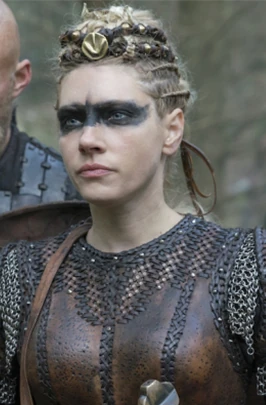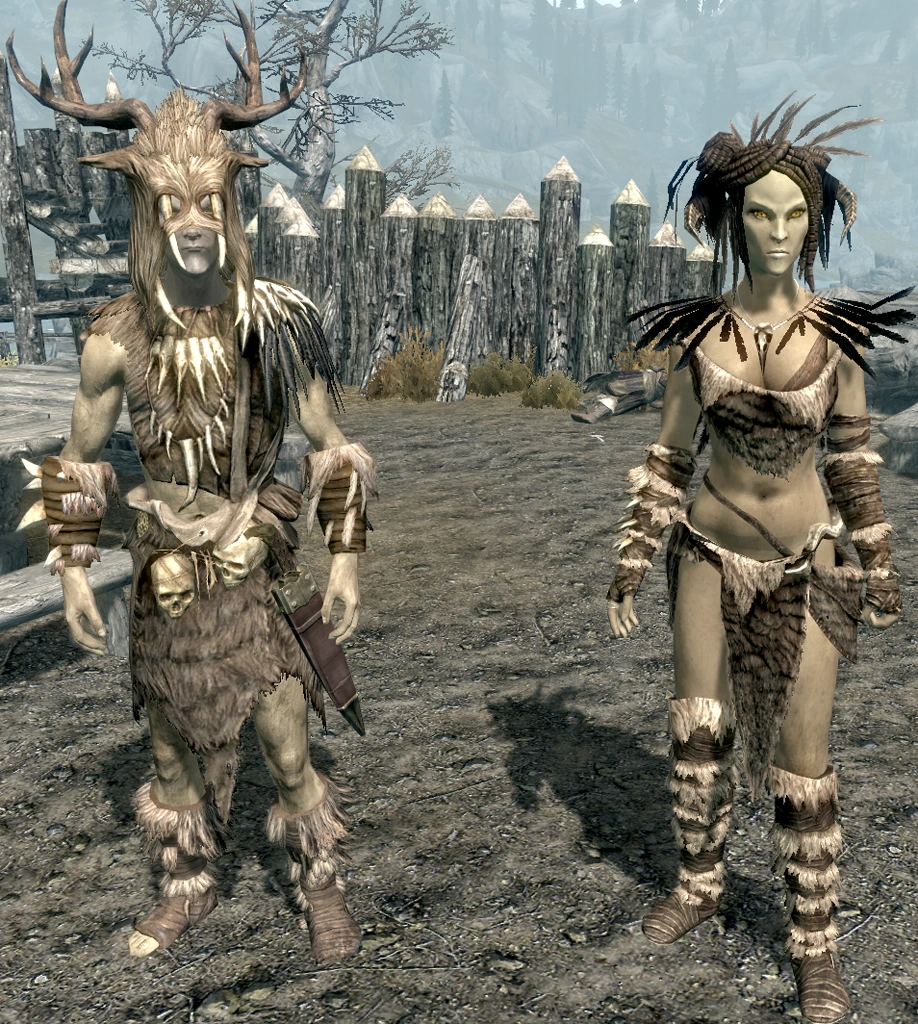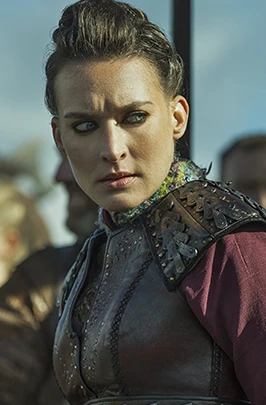After reading Njal’s
Saga, we get a clearer, more diversified picture of what female characters
can, should, and will do in their lives. Based on Ibn Fadlan’s account alone,
we would get an extremely limited and unrepresentative portrait of women in
Viking cultures. When characters like Hallgerd and Bergthora are added to this
tableau, however, we begin to see that while their environments are distinctly
male-dominated and patriarchal, women still have opportunities to exercise
power and influence events in major ways. This does not seem to have translated
into pop culture, and the entertainment industry takes advantage of female
characters for the benefit of a primarily male audience.
If you were
to ask someone at random today what their most recent or memorable encounter
with Viking culture in the media was, they would probably point towards TV
shows such as Vikings or The Last Kingdom, or perhaps even video
games like God of War, For Honor, or The Elder Scrolls V: Skyrim. I personally only have experience with
the first and last of these examples, so this is where this blog will be
focused.
First, let’s
talk about armor. Specifically, let’s talk about the difference between “male
armor” and “female armor” in media. Here, I’ll be using pictures from Skyrim to illustrate what it is I’m
talking about, and I’m sure most if not all of you already know what I’m going
to point out.
The point
of armor is to keep you protected from various forms of danger, like someone wanting
to take care of your backache with an axe, or a formerly-blind man trying to
chop your head off, just to name a few… This makes perfect sense, unless of course
you’re designing armor for your video game or tv show characters. In these
cases, it obviously (sarcasm) makes sense to make armor for female-bodied
characters more… non-existent, because the most important thing about these
characters is obviously the fact that they are female-bodied (sarcasm) and we
need to remind consumers of this media of that fact by having them walk around in
metal bikinis in frigid temperatures. This is totally what any sane person
would do in a real situation (S A R C A S M). This approach goes in complete
opposition to characters like the Valkyrie Brynhild/Sigrdrifa, who are
portrayed as fully-armored, sword-in-hand, and ready to kick your butt straight
to Valhalla.
Sure, this gendering of armor doesn’t
always happen, but it happens often enough for us to notice a pattern and for
things like “bikini armor” to become a defining aspect of the video game world.
Additionally, you may want to point out that in a lot of pop culture material, Viking
armor shows a lot of skin regardless of the sex of the person wearing it. Yes,
it is true that shirtless berserkers and longaxe-wielding barbarians with
exposed arms and legs. However, think about how this exposed skin is often used
and sexualized. For males, the exposed skin accentuates their muscular bodies. For
females, the exposure is done primarily to show off body parts that are often
sexualized (cleavage, thighs, lower back, etc…). So it’s not just about the
exposed skin and subsequent uselessness of their “armor,” but also about the
purpose of exposing said skin.

Lastly, I want to talk about sexuality
and female characters in media. Focusing on Vikings,
I have noted that most if not all female characters in the show are sexualized for
the benefit of a heterosexual male viewer. If the women are not having sex with
a man in the show, they have some sort of lesbian relationship. While portraying
LGBT characters is admirable, it should be noted that we rarely (never in Vikings) see anything other than
heterosexual or lesbian relationships, and the lesbian relationships we do see are fetishized or sexualized to
please heterosexual men.




No comments:
Post a Comment